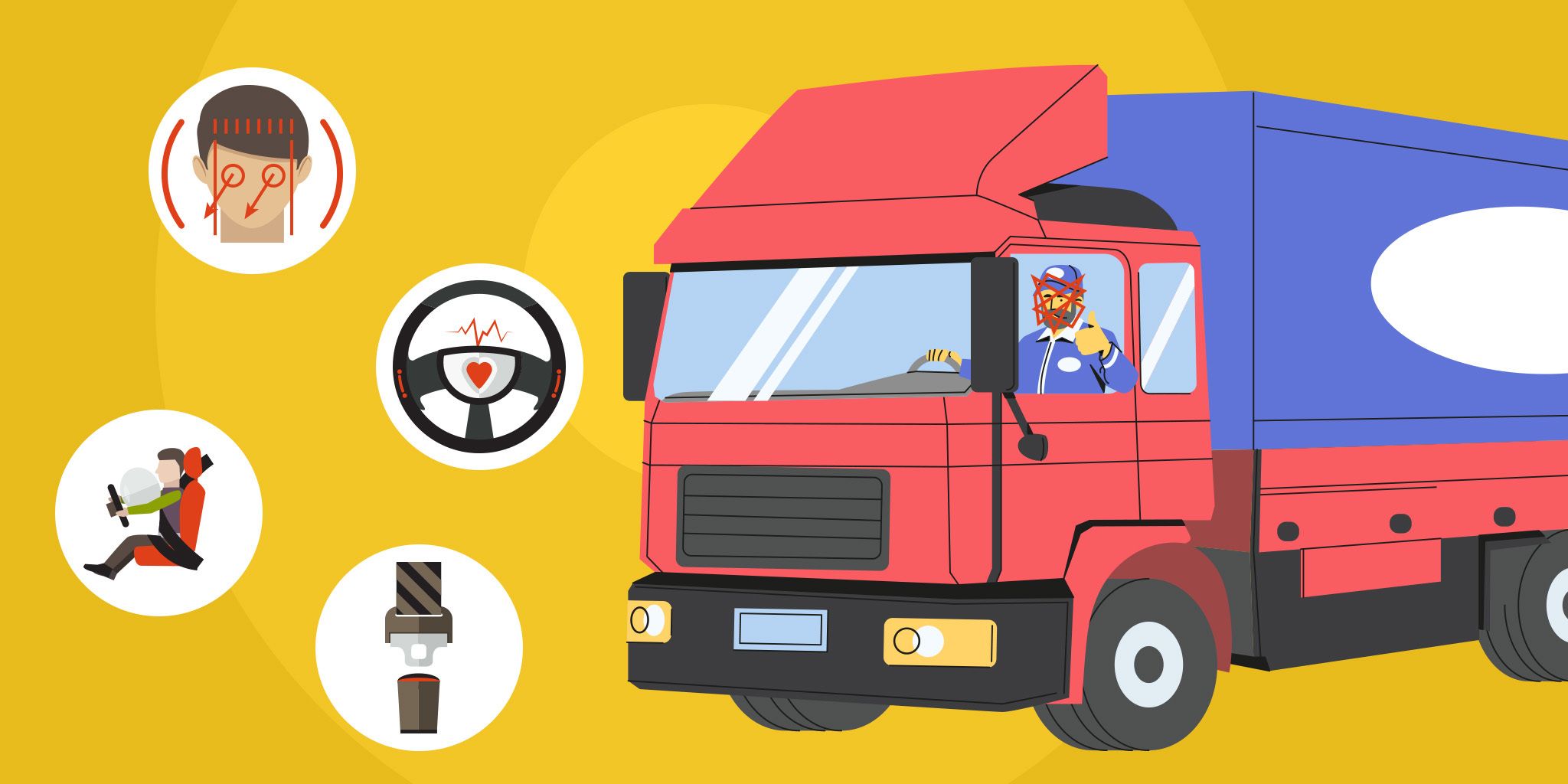For Truck’s Sake: Steer Your Vehicle Fleet Into The Future With IoT
For Truck’s Sake: Steer Your Vehicle Fleet Into The Future With IoT
- Last Updated: December 2, 2024
Guest Author
- Last Updated: December 2, 2024



Tractor trailers carry more than 70% of the freight tonnage transported throughout the United States, according to American Trucking Associations, taking goods from manufacturing plants to warehouses to retail stores.
In some areas of the world, that number is even higher. China transports over 75% of its freight on tractor trailers, while trucks haul nearly three quarters of all freight in European Union countries.
With tractor trailers moving so much valuable cargo for your business, it’s crucial that your company manages its vehicle fleet as efficiently as possible – keeping costs low and productivity high. Today, many organizations are achieving this through the power of the Internet of Things (IoT).
Creating a Connected Fleet: A 4-step Guide
IoT has emerged as a revolutionary technology, and businesses in a wide range of industries are eagerly adopting it. IDC predicts that 80 billion IoT devices will be online by 2025, generating 180 zettabytes of data. Companies are capitalizing on this wealth of data to improve business productivity, reduce operating costs, and automate processes.Organizations looking to modernize their vehicle fleets with IoT can additionally leverage the technology to increase safety, provide greater product and asset visibility, and improve customer experiences.
Want to reap those same rewards? Here’s how your company can begin creating a connected fleet with IoT:
- Equip your vehicles with IoT-enabled sensors: By fastening sensors to your trucks, you can more easily collect data about your fleet. You can then use this insight to track, monitor, analyze, and maintain all moving assets, wherever they are in the network, in real time.
- Capture sensor data and conduct condition monitoring: Sensors transmit key data to a central location, so you can keep tabs on the ever-changing conditions of the trucks in your fleet. For instance, if the tire pressure of one of your vehicles is too low, you can receive an alert and address the issue before it becomes a major problem – like a blowout on a busy highway.
- Analyze data continuously to identify areas for improvement: IoT and sensor data aren’t only helpful for recognizing problems; they can help detect areas for improvement, too. If the batteries in your vehicle fleet are dying faster than they should, sensor data can quickly detect this troubling pattern, and you can equip your trucks with different, longer-lasting batteries.
- Reimagine business processes: IoT can help you optimize your company’s day-to-day operations. From a logistics perspective, this could mean enhancing delivery strategies, cutting travel costs, or reducing emissions. Sometimes, it could be all three. If two drivers leave from the same location but use different routes to travel to the same destination, sensor data could help identify which driver arrived faster, paid fewer tolls, or conserved more fuel. Your company could then standardize a delivery route based on that insight.
IoT: The driving force behind the future of logistics
There was a time in the not-too-distant past when people relied on horse-drawn carriages to haul cargo. But with the advent of planes, trains, and automobiles, carriages have become obsolete, and we haven’t looked back.As new technologies continue to emerge, we’ll continue to revolutionize how we transport freight. Today, we’re using IoT and sensor data to modernize our fleets. Tomorrow, we’ll pair IoT with machine learning to automate process improvements. Beyond that, it’s anyone’s guess.
Written by: Stephan Brand, Senior Vice President of P&I IoT Moving Assets, SAP
The Most Comprehensive IoT Newsletter for Enterprises
Showcasing the highest-quality content, resources, news, and insights from the world of the Internet of Things. Subscribe to remain informed and up-to-date.
New Podcast Episode

IoT and AI in 2026
Related Articles




